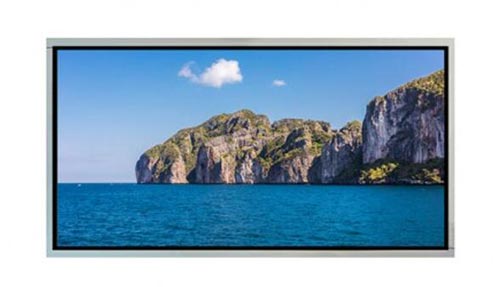What is a TFT Display?
Views: 648 Update date: Aug 22,2024
A TFT display stands for Thin-Film Transistor display. It's a type of LCD (Liquid Crystal Display) that uses thin-film transistor technology to improve image quality and provide better control over each pixel on the screen. TFT displays are widely used in a variety of devices, including smartphones, tablets, computer monitors, and televisions.
Faster Response Time: The technology allows for quicker changes in the display, reducing ghosting and motion blur, making it ideal for fast-moving images in videos and games.
Brightness and Color Accuracy: TFT displays generally provide brighter screens with more accurate color representation, which is crucial for multimedia applications.
Monitors and TVs: Many computer monitors and televisions utilize TFT technology to provide high-quality visuals, especially in HD and Full HD resolutions.
Fast Response Time: Ideal for video playback and gaming.
Widespread Availability: TFT is a mature technology, making it widely available and relatively affordable.
Viewing Angles: While better than older LCD technologies, TFT displays still have some limitations in viewing angles compared to other advanced display technologies.
In summary, TFT displays are a prevalent technology in modern screens, offering a good balance between performance and cost, making them a popular choice for various electronic devices.
Key Features of TFT Displays:
Enhanced Image Quality: TFT displays offer sharper images and better contrast compared to standard LCDs, thanks to the individual control of each pixel.Faster Response Time: The technology allows for quicker changes in the display, reducing ghosting and motion blur, making it ideal for fast-moving images in videos and games.
Brightness and Color Accuracy: TFT displays generally provide brighter screens with more accurate color representation, which is crucial for multimedia applications.
How TFT Technology Works:
In a TFT display, each pixel is attached to a small transistor, which acts like a switch, controlling the amount of electrical current that passes through it. This current alters the alignment of liquid crystals in the display, allowing light to pass through or be blocked, thereby forming the image.Applications of TFT Displays:
Mobile Devices: TFT displays are commonly used in smartphones and tablets because they offer good viewing angles, vibrant colors, and fast response times.Monitors and TVs: Many computer monitors and televisions utilize TFT technology to provide high-quality visuals, especially in HD and Full HD resolutions.
Advantages of TFT Displays:
Better Image Quality: Improved contrast, color accuracy, and sharpness.Fast Response Time: Ideal for video playback and gaming.
Widespread Availability: TFT is a mature technology, making it widely available and relatively affordable.
Disadvantages of TFT Displays:
Power Consumption: TFT displays tend to consume more power than some other types of displays, such as OLED.Viewing Angles: While better than older LCD technologies, TFT displays still have some limitations in viewing angles compared to other advanced display technologies.
In summary, TFT displays are a prevalent technology in modern screens, offering a good balance between performance and cost, making them a popular choice for various electronic devices.




